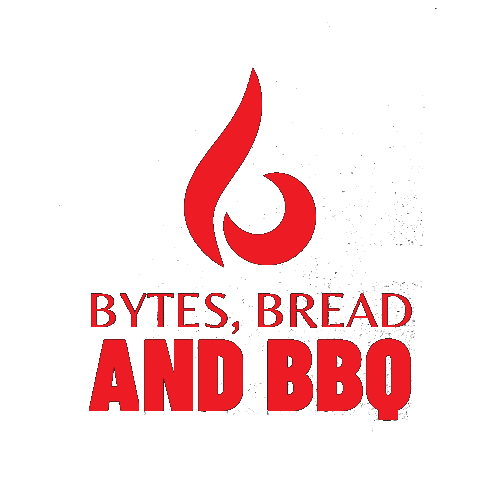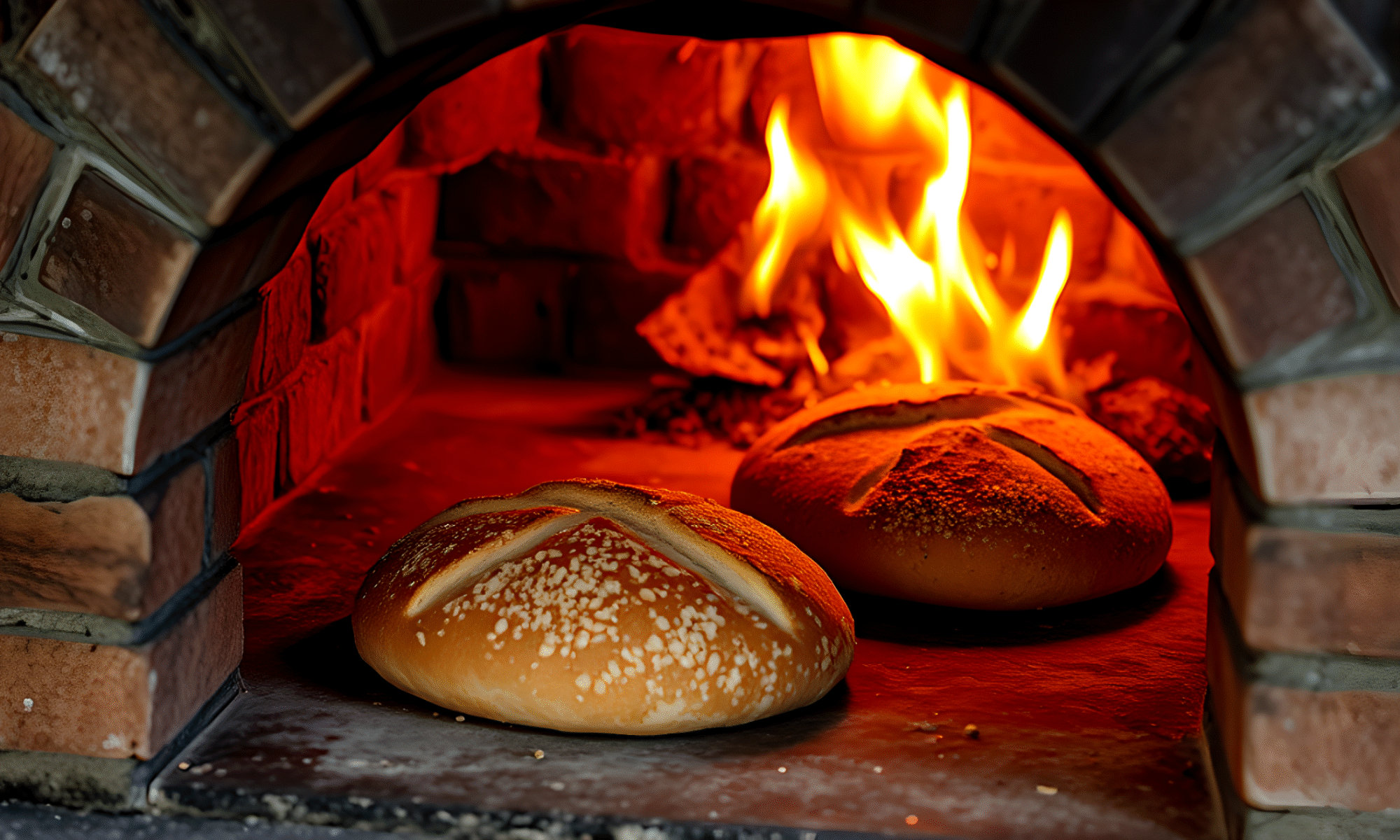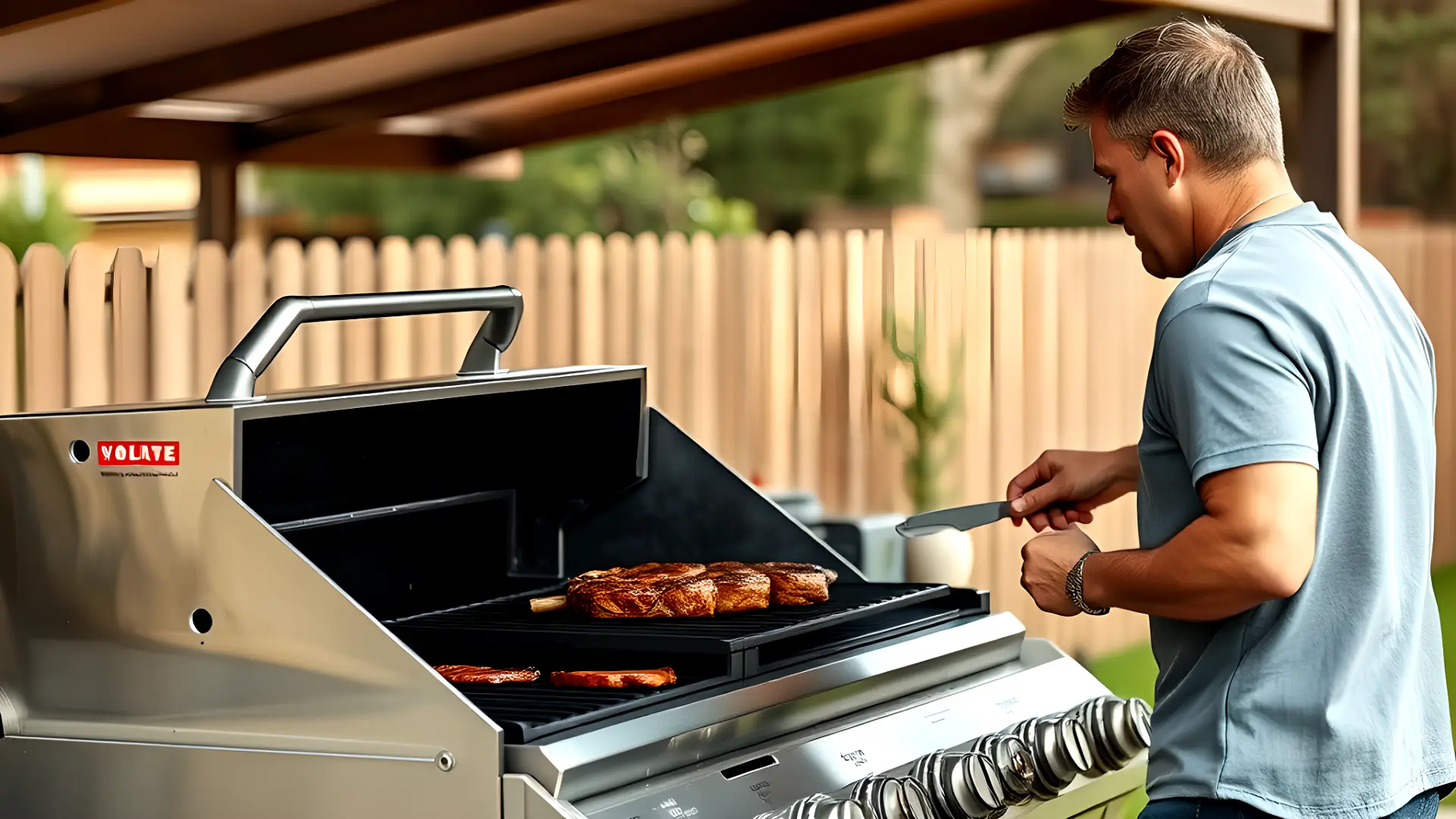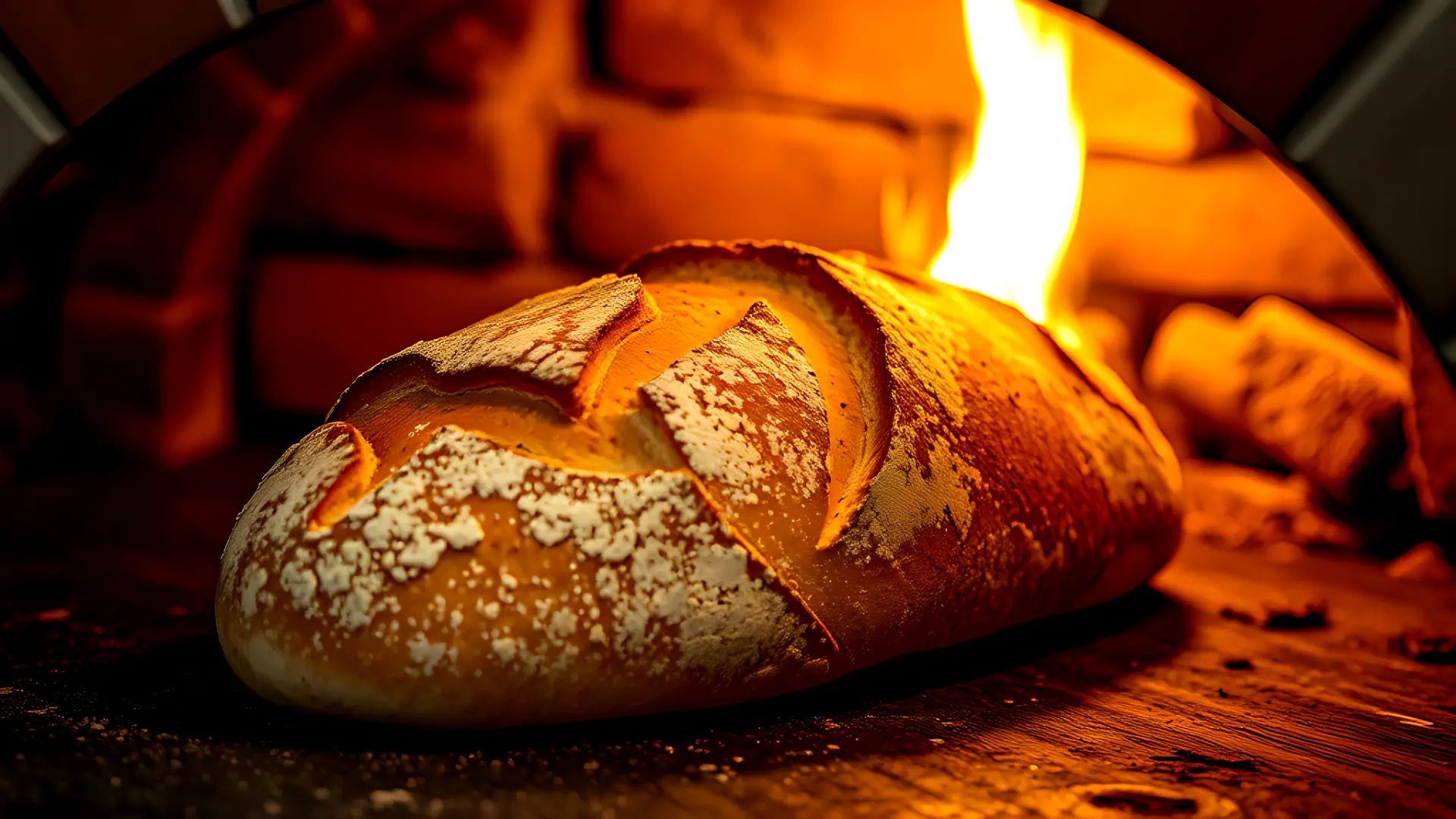
Convert any bread recipe to a Poolish Recipe
Enter values below by weight or baking volume and press "Convert To Poolish". That's it!! Let this Javascript App from Bytes Brew do the heavy lifting.
Bread Recipe to Poolish Converter
🧪 Dough Science Meets Common Sense: What If the Water Goes Negative?
So your bread calculator says you need negative water on day two. Before you start siphoning moisture from the air or summoning ancient baking spirits— don’t panic. This just means something quirky happened in the math.
👉 Rule #1:
If the calculator says to remove water… just smile, nod, and don’t do it.
Carry on with the recipe like nothing happened. Negative water is like a blue screen for bakers—annoying, but usually fixable with a reboot (or a shrug).
🥖 Why Water Matters in Bread (and Why Less Is Not Always More)
When you’re not dealing with haunted hydration levels, here’s the norm:
- 💧 The typical bread dough wants about 60% water compared to the weight of your flour. That means if you’re using 100g of flour, you’ll usually need about 60g of water to get a nice, workable dough.
- 🌀 Bagels and pretzels like it drier—hydration can dip to around 50–57%, making them dense and chewy. Tough guys of the bread world.
- ⚠️ Less than 1/3 water? You’re not baking, you’re sculpting. Expect sore wrists and a crumb structure that could double as a coaster.
🍞 Example for the Flour-Fueled
Let’s say you’ve got 300g of bread flour. At 60% hydration, you’ll need:
📏 180g of water
Any less, and your dough starts feeling like clay. Any more, and you’re making ciabatta.
🧠 TL;DR (Too Leavened; Didn’t Rise)
- Negative water? Ignore it. Bake on.
- Standard hydration = ~60%
- Bagels & pretzels = 50–57%
- Less than 33%? You’re doing sculpture, not sourdough.
Whether you're writing code, baking boules, or barbecuing brisket, stay hydrated— unlike your calculator. 💻🍞🔥





